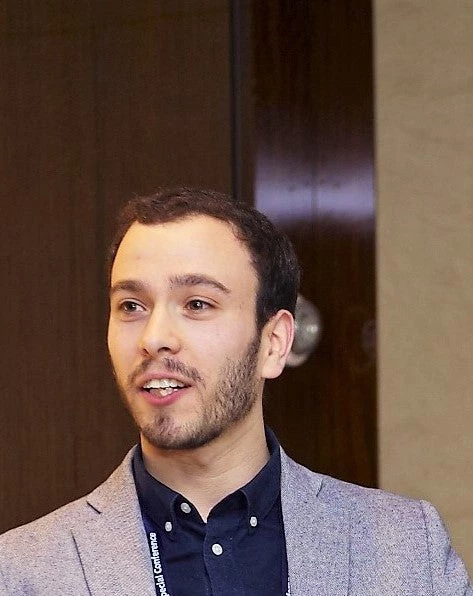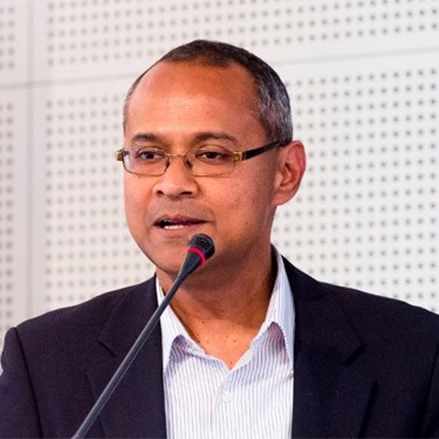One of the goals of the World Bank Group is to reduce extreme poverty—defined as living on less than $1.90 per day in 2011 PPP—to less than 3% by 2030. We know that the world has seen tremendous progress in reducing extreme poverty since 1990. So, where in the world has poverty reduction been most successful?
The graph below shows 15 countries that experienced the largest annual average percentage point declines in extreme poverty rate between about 2000 and 2015, out of the 114 countries for which we can measure poverty in a comparable way over this period.
In each of these countries, an average of at least 1.6% of the population moved out of extreme poverty every year. This meant 802.1 million fewer people were living in extreme poverty in these 15 countries between 2000 and 2015. For example, between 2000 and 2011, the extreme poverty rate fell by 36.9 percentage points in Tanzania, from 86.0% to 49.1%, for an annual average rate of reduction of 3.2 percentage points, which led to a reduction of 5.3 million in the number of Tanzanians living in extreme poverty. Tajikistan, Chad, and the Republic of Congo had average reductions in poverty of around 3 percentage points per year.
While extreme poverty remains endemic in low-income and conflict-affected countries, many of which are in Sub-Saharan Africa, there is cause for optimism even in these countries. Seven of the top 15 countries are in Africa, and two are on the World Bank Group’s Harmonized List of Fragile Situations for FY19.
Some of the 15 countries (China, Kyrgyz Republic, Moldova, Vietnam) effectively eliminated extreme poverty by 2015. In others (e.g. India), low rates of extreme poverty in 2015 still translated to millions of people living in deprivation. In some of the countries in Sub-Saharan Africa (e.g. Democratic Republic of Congo, Tanzania, Burkina Faso), extreme poverty rates, even after rapid reduction, remain above 40%.
These 15 high performers make up a diverse group of countries—by geographic location, average income levels, poverty rates, and size of the population and the economy:
- Two of these countries were lower middle-income countries in 2000 and rose to upper middle-income status by 2015; eight were low-income countries in 2000 and rose to lower middle-income status by 2015; and five remained low-income countries over the entire period.
- The countries had vastly different poverty rates at the turn of the century—the extreme poverty rate ranged from 94.1% in DRC (2004) to 28.6% in Pakistan (2001).
- Their populations ranged from 2 million for Namibia (2003) to 1.3 billion for China (1999).
- The size of their economy ranged from $861 million for Tajikistan to $1.2 trillion for China in 2000, in current U.S. dollars.
Notes on Data Selection:
Data are extracted from the PovcalNet database. Two data selection criteria were applied; (1) Countries should have at least two surveys—one between 1995 and 2005 and another between 2010 and 2019. (2) The same welfare measures, either income or consumption, should be used for those surveys. Applying these restrictions, 114 countries were selected, including high-income countries.
Countries marked with * indicates that the poverty rate from the two surveys are not fully comparable. Nepal, Niger, Gambia, Guinea, Solomon Islands, and Ecuador were removed due to low confidence in their data comparability.
Kyrgyz Republic data in 2000 uses HBS survey for 2000.
Growth rate calculation uses survey year, which could be different from reference year.
Median income information is based on PovcalNet and Global Database of Shared Prosperity.
Reference: Historical country classification by income






Join the Conversation